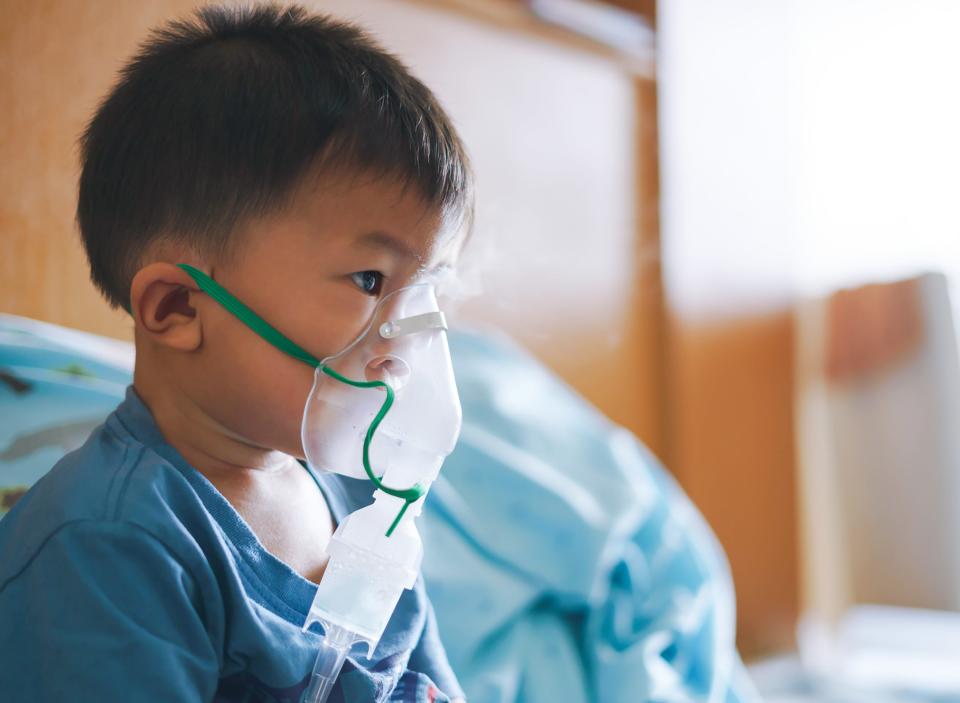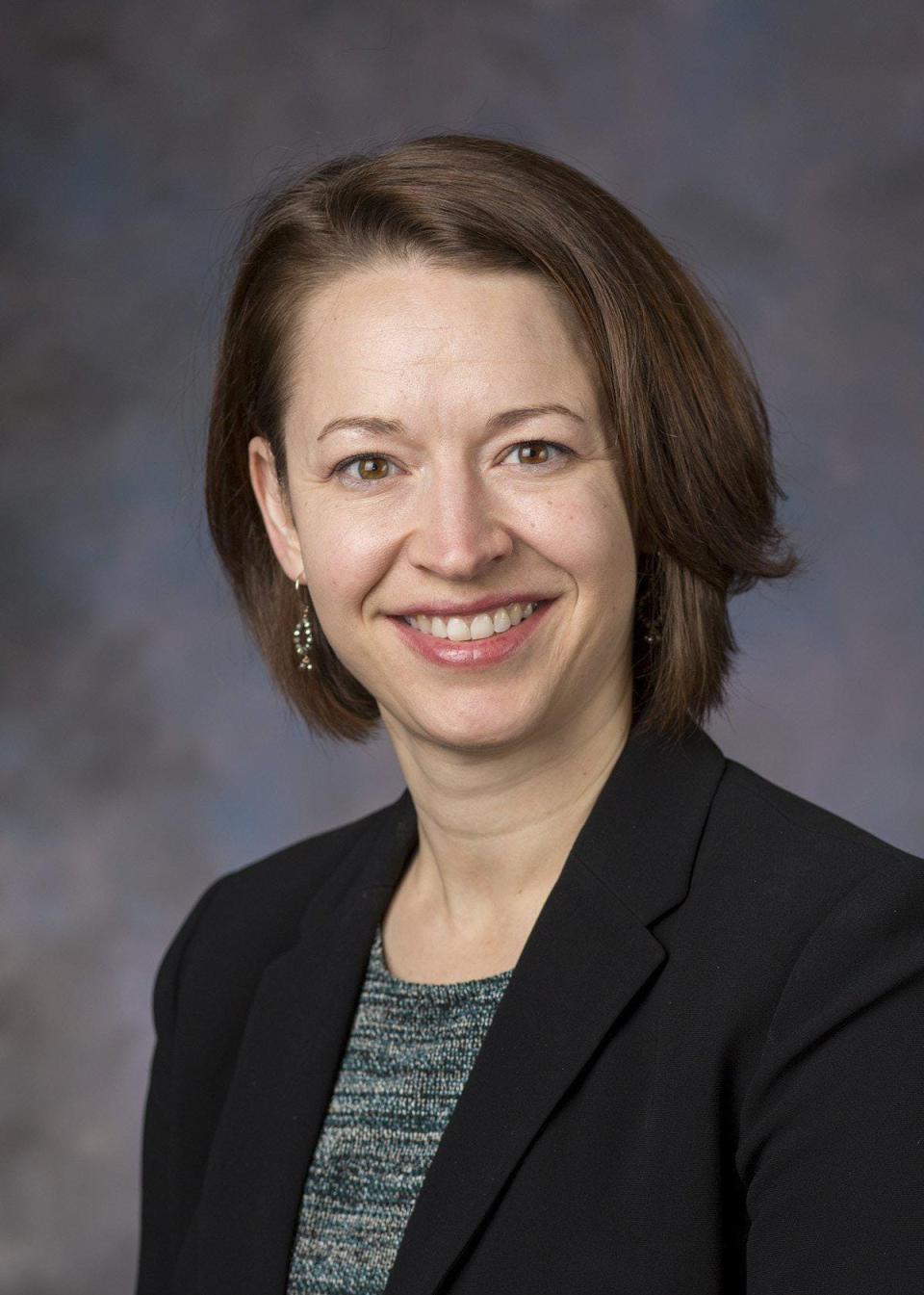RSV: Scary season for parents of young children | Pediatric research
We knew this day would come. School is back in session, there’s a chill in the air and everywhere you go you hear the sounds of the season: sniffling, sneezing and coughing.
After two years of a global pandemic of a respiratory virus, these sounds might feel extra spooky. If you’re a parent of a newborn, they are definitely scary. Especially with rates of respiratory syncytial virus, or RSV, on the rise.
RSV is normally an unexceptional infection that affects the lower respiratory tract and causes bronchiolitis and pneumonia. For most of us, RSV causes the run-of-the-mill cold. It’s so common that nearly everyone has had RSV by age 2. According to the National Institutes of Health (NIH), each year RSV accounts for 58,000 hospitalizations in children younger than 5 in the United States. Globally, recent estimates have suggested that more than 100,000 children die from RSV each year.
RSV in kids:Respiratory syncytial virus is threatening to overwhelm children's hospitals. What parents should know.
RSV infections tend to follow a seasonal pattern, with rates increasing in the fall and winter months, much like the flu. No treatments or vaccines are approved for treating infants and children with RSV. While most cases will clear on their own with supportive care such as hydration and rest, some cases become so severe that hospitalization, use of a ventilator to help with breathing and intravenous fluids may be necessary. Even with the best care, some children do not survive. In the United States, it is estimated that between 100 and 500 children die from RSV each year.
And RSV isn’t just a pediatric problem. The NIH says that RSV causes the deaths of about 14,000 adults over the age of 65 each year in the United States. Globally, 64 million people are infected and 160,000 die from RSV annually.

As with many infectious diseases, a lot of factors determine whether RSV infection will cause hospitalization or death. Researchers have been studying these factors for decades, and some of their findings over the years have been surprising. For example, one study from the Journal of Infectious Disease, published in 2019, showed that higher viral loads at presentation and a faster and consistent viral load decline were associated with less-severe RSV disease. Typically, one would expect that higher viral loads would lead to more-severe disease, but that was not the case in this study.
In a study with less-surprising results, this year, another study published in Journal of Infectious Disease found that children with milder RSV infection had more-robust immune responses. Specifically, they had higher concentrations of mucosal interferons. Interferons are proteins released by cells in response to a virus, and they are known for inhibiting virus replication.
But how does understanding the relationships between disease severity and viral load or interferon production help children who are sick?

By understanding the immune responses that help children naturally have less-severe disease, researchers can work to develop vaccines and medications to help patients who have or are at risk for more severe disease.
At the Abigail Wexner Research Institute at Nationwide Children’s Hospital and in other research hospitals around the world, experimental RSV vaccine candidates and possible treatments are being tested in preclinical studies. Hopefully one day, they will be available to help keep RSV season a little less spooky.
Abbie Roth is managing editor of Pediatrics Nationwide and Science Communication at Nationwide Children's Hospital.
Abbie.Roth@nationwidechildrens.org
This article originally appeared on The Columbus Dispatch: RSV on rise in kids: What hospitals are doing to find new treatments

